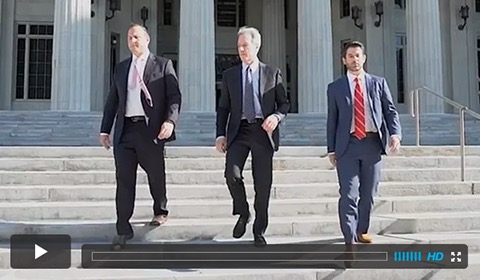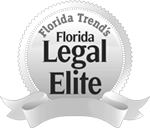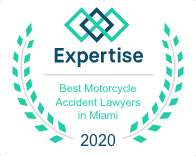Understanding Rollover Accident Lawsuits
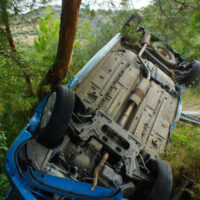
Rollover accident lawsuits occur for a number of different reasons and often cause serious injury to drivers and passengers. There are a number of different reasons that rollover accidents occur. Such accidents are filed under theories of traffic accident liability and product liability and potentially name multiple defendants as liable parties. For this reason, they can be incredibly complex for plaintiffs and jurors. In this article, we’ll discuss rollover accident lawsuits and what you would need to know as a plaintiff filing a claim against an auto manufacturer or another liable party.
How do rollover accidents occur?
Rollover accidents occur when a vehicle tips over onto its side or completely flips over during an accident. Injuries can occur from a number of different forces. Larger vehicles like SUVs, Jeeps, and trucks are more prone to rollover accidents than other types of vehicles because they have a higher center of gravity. Multiple factors can play into a rollover accident including the driver’s control over the vehicle, road conditions, and more.
A significant number of rollover accidents can be attributed to the design of the vehicle. Jeeps, for example, were implicated in a number of rollover accidents because of the design of the vehicle. Trucks also can flip when the driver swerves too quickly. When a rollover accident occurs because of a design flaw in the vehicle, it is possible to file a product liability claim against the company that manufactured the vehicle.
In some cases, the strength of the cabin can play a role in the extent of a plaintiff’s injuries. When the vehicle flips completely over, the cabin is crushed under the weight of the vehicle. Ford faced such lawsuits as early as last year.
Rollover lawsuits and tire defects
In some cases, tires can be blamed for a rollover accident. When a tire blows out and the vehicle is traveling at high speeds, the risk of a rollover accident increases exponentially. The tendency of the driver to attempt to overcorrect when the tire blows out increases the risk of a rollover accident. In terms of driver safety, a driver should never attempt to turn the wheel in the opposite direction of where it’s pulling. Instead, the driver should attempt to keep the wheel straight and allow the car to roll to a halt slowly by applying the brake tenderly.
In cases of a tire blowout, it could be the fault of the tire manufacturer. In some cases, tires are manufactured defectively increasing the risk that a rollover accident will occur. The treads on the tire can separate while the vehicle is in motion. The explosive power of the tread separation will exert a powerful force on the vehicle causing it to flip. In those cases, the manufacturer of the tire may be held liable for any injuries that occur.
Talk to a Florida Personal Injury Lawyer Today
Halpern, Santos, & Pinkert represent the interests of plaintiffs in auto defect liability lawsuits. Call the Florida personal injury lawyers at our office today to schedule a free consultation and we can begin discussing your allegations immediately.

